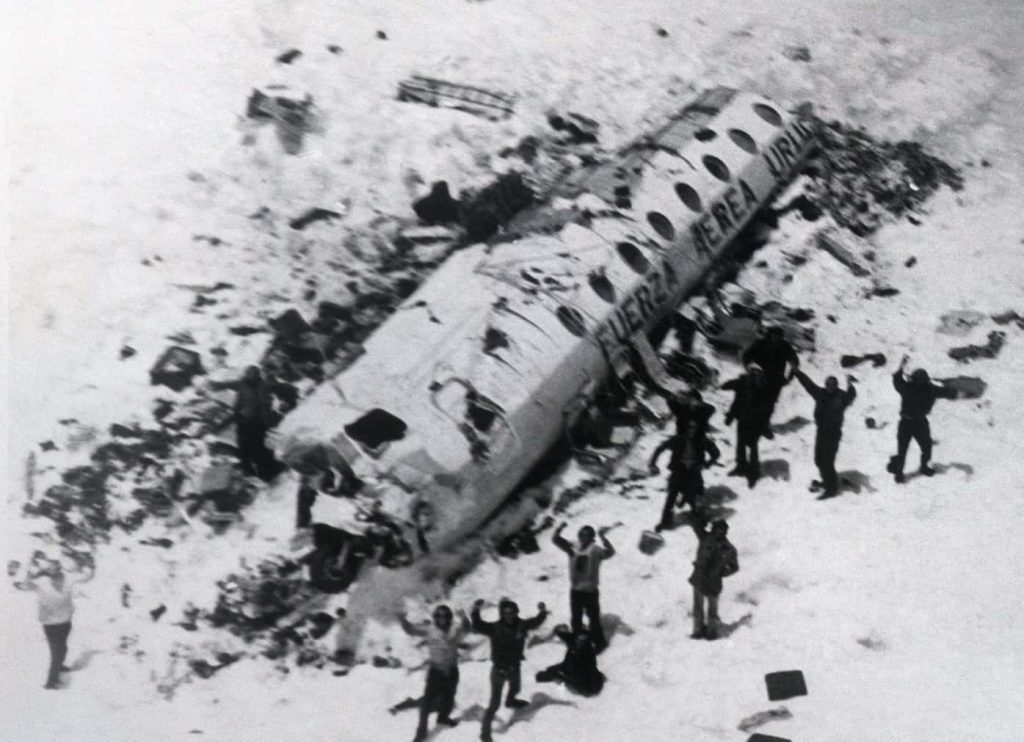Key Takeaways
– The Andes plane crash, also known as the Miracle of the Andes, involved a Uruguayan Air Force Flight 571 that crashed in 1972.
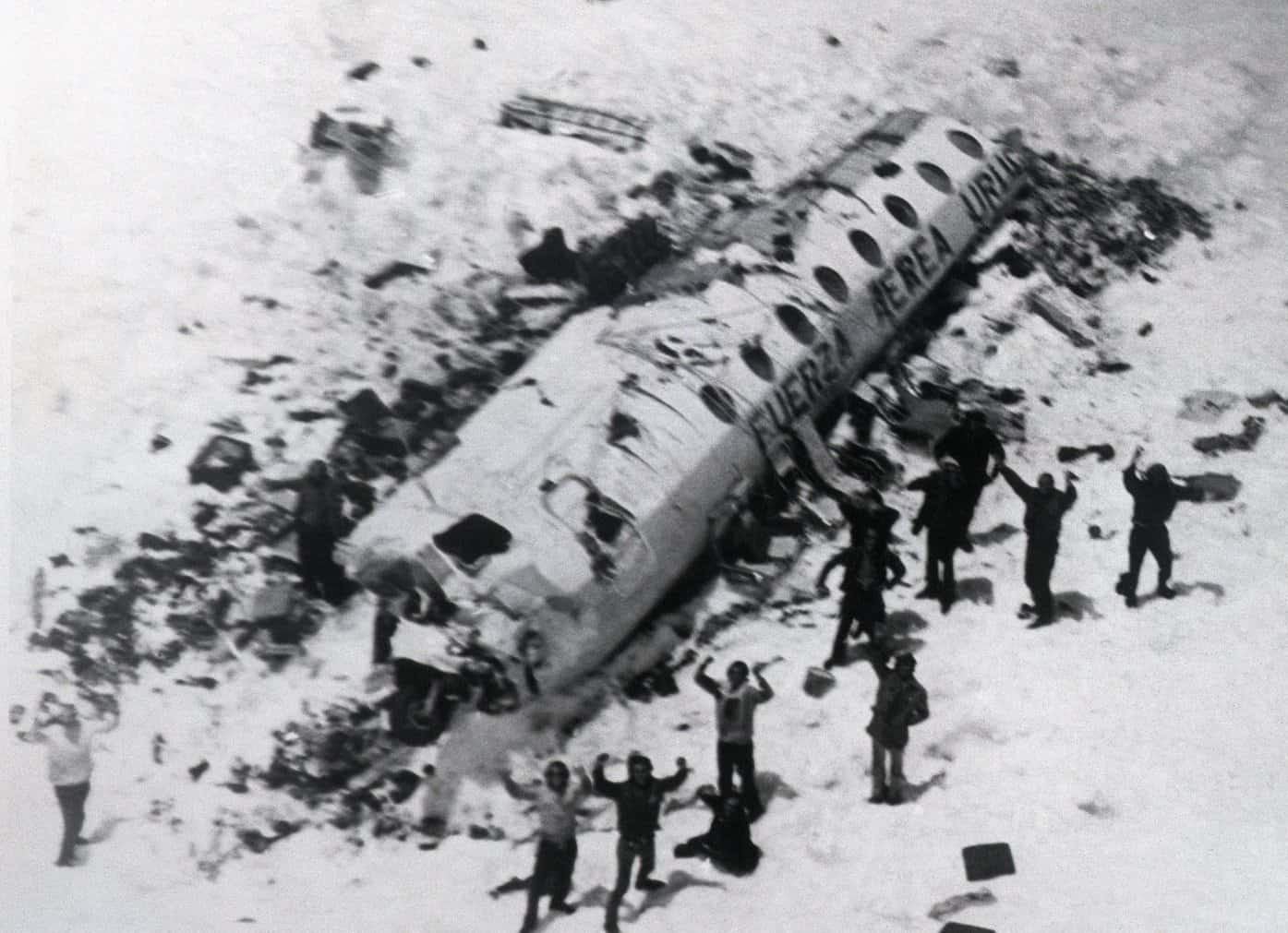
– The crash is renowned for the survivors’ extraordinary tale of endurance and human spirit over 72 harrowing days.

– The survival story includes themes of courage, ethical dilemmas, and the power of hope in the face of adversity.
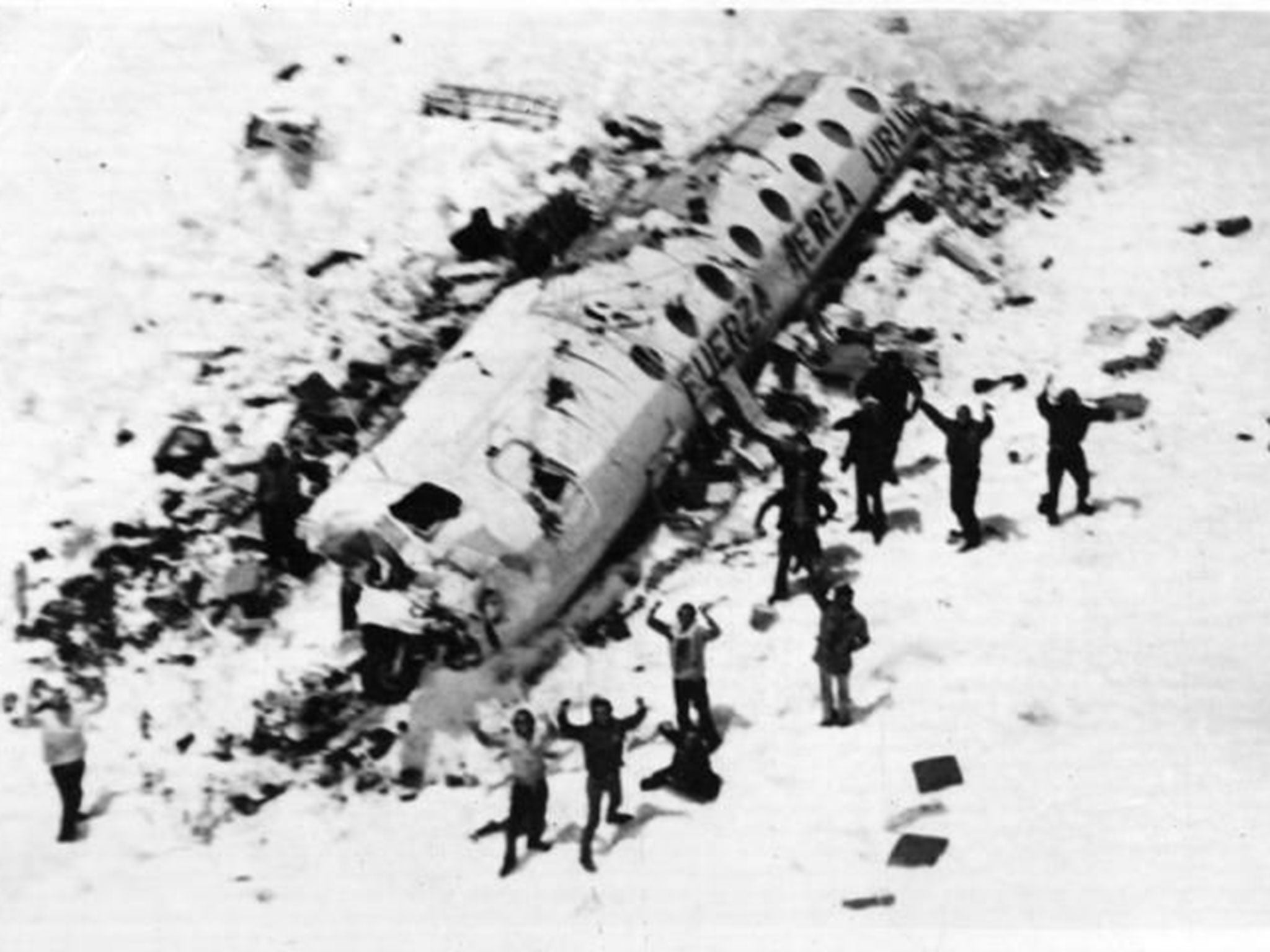
– The incident has been extensively studied and documented, offering lessons in crisis management and survival strategies.
The Andes plane crash remains one of the most remarkable survival stories in aviation history. On October 13, 1972, a chartered flight carrying 45 passengers, including a Uruguayan rugby team, crashed into the remote Andes Mountains. This catastrophic event, compounded by the harsh mountain conditions and dwindling hopes of rescue, forced the survivors to confront unimaginable challenges. Their story of resilience, courage, and the will to survive against all odds continues to inspire and intrigue people worldwide.
The Fateful Flight
The Journey Begins
The ill-fated flight was a Fairchild FH-227D, operated by the Uruguayan Air Force. It was carrying the Old Christians Club rugby team, along with their friends and family, from Montevideo, Uruguay, to Santiago, Chile. The journey was supposed to be a straightforward flight across the Andes Mountains, but adverse weather conditions forced the pilots to change their course, leading to the tragic crash.
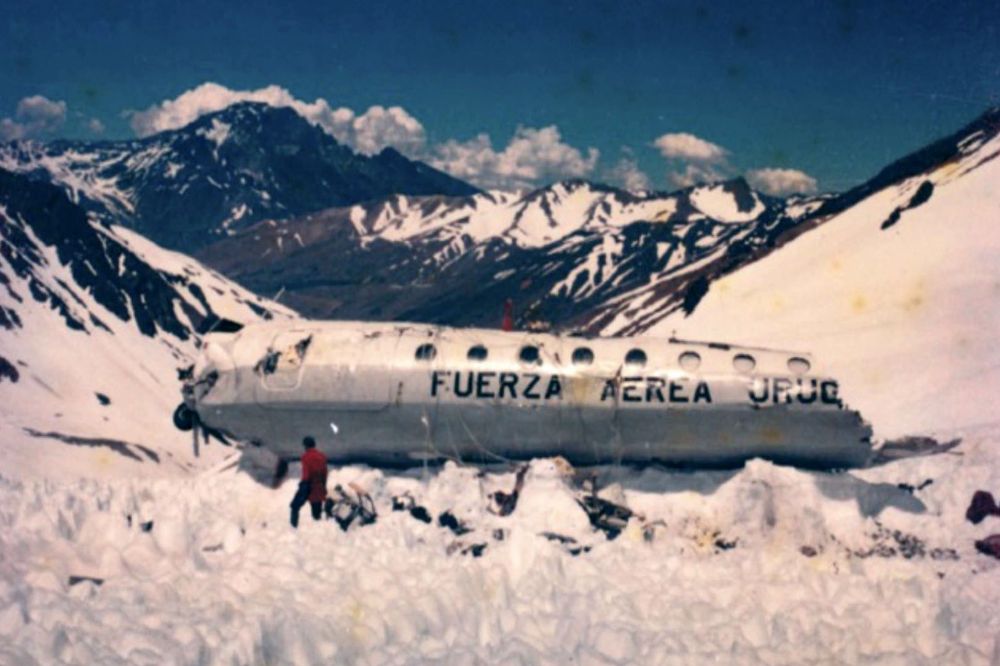
The Crash
As the aircraft navigated the treacherous mountain terrain, it encountered severe turbulence and poor visibility. The pilots, believing they had cleared the Andes, began descending, only to collide with a mountain peak. The crash resulted in the immediate death of several passengers and crew members, leaving the survivors stranded in one of the most inhospitable environments on Earth.
Surviving the Andes
The Immediate Aftermath
In the aftermath of the crash, the survivors faced a grim reality: they were stranded in the freezing Andes with limited supplies, no shelter, and little hope of immediate rescue. The harsh conditions, including freezing temperatures and high altitudes, posed significant threats to their survival.
The Struggle for Survival
The survivors were forced to rely on their ingenuity and resourcefulness to stay alive. They constructed makeshift shelters from the wreckage and rationed the scant food supplies. As the days turned into weeks, they realized that rescue was not imminent, and they had to make difficult choices to survive.
The Human Spirit
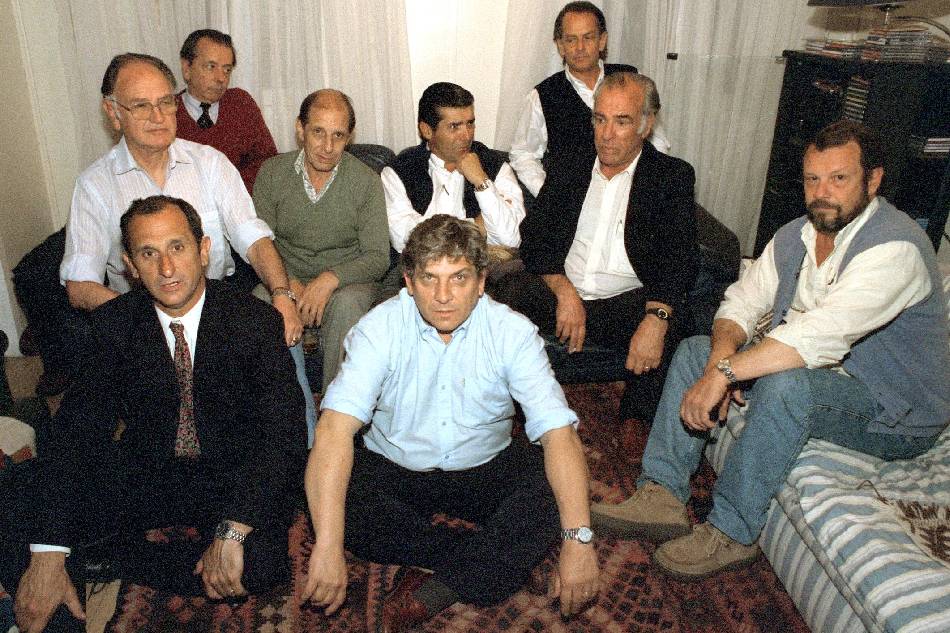
The ordeal tested the survivors’ physical and mental limits, but it also showcased the indomitable human spirit. Despite the dire circumstances, they maintained hope and supported each other through the darkest moments. The survivors’ camaraderie and determination to live became a beacon of hope in the bleak mountain landscape.
The Ethical Dilemma
A Controversial Decision
One of the most controversial aspects of the Andes plane crash survival story was the decision to resort to cannibalism. With no food and dwindling chances of rescue, the survivors made the heart-wrenching decision to consume the bodies of their deceased companions to sustain themselves. This decision, while controversial, was a testament to their will to survive and the extreme circumstances they faced.
Moral and Ethical Considerations
The survivors’ decision sparked widespread debate and raised profound moral and ethical questions. It forced people to confront the boundaries of human survival and the lengths to which individuals might go to preserve life. Despite the controversy, the survivors’ actions were driven by a primal instinct to live, highlighting the complexity of human nature in life-and-death situations.
The Rescue
The Turning Point
After 72 grueling days in the Andes, two survivors, Nando Parrado and Roberto Canessa, embarked on a perilous journey to find help. Armed with sheer determination and a rudimentary map, they trekked for ten days through the unforgiving terrain. Their courage paid off when they encountered a Chilean shepherd, who alerted authorities to the survivors’ plight.
The Rescue Operation
On December 23, 1972, a rescue mission was launched, and the remaining 16 survivors were airlifted to safety. The rescue operation marked the end of their harrowing ordeal and the beginning of their journey to recovery and reintegration into society.
Legacy and Impact
A Story of Hope
The Andes plane crash is more than just a tale of survival; it is a story of hope, resilience, and the power of the human spirit. The survivors’ extraordinary journey has been immortalized in books, documentaries, and films, ensuring that their story continues to inspire generations.
Lessons Learned
The incident has also provided valuable lessons in crisis management and survival strategies. It underscores the importance of teamwork, leadership, and adaptability in overcoming adversity. The survivors’ experience has been studied by experts in various fields, offering insights into human behavior and decision-making under extreme conditions.
The Andes plane crash is a testament to the strength of the human spirit and the will to survive against all odds. The survivors’ incredible journey from despair to hope continues to resonate with people around the world. Their story serves as a powerful reminder of the resilience and courage that lie within us all, waiting to be unleashed in the face of adversity.
